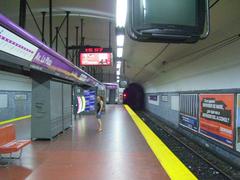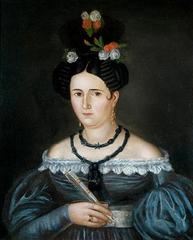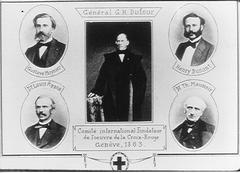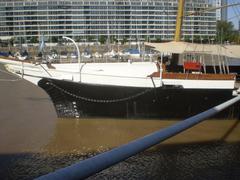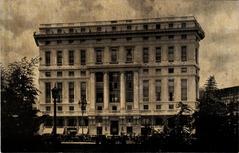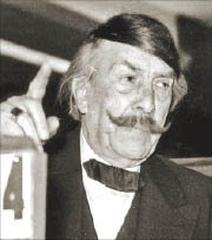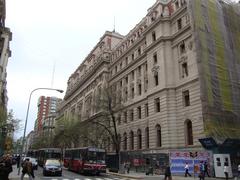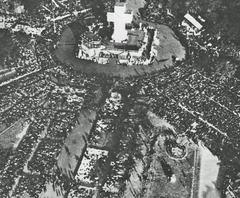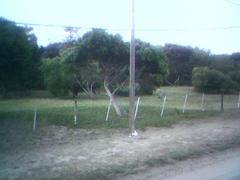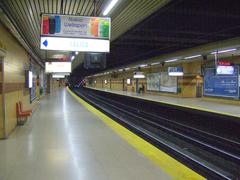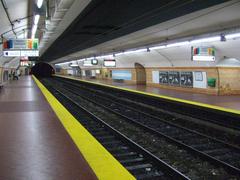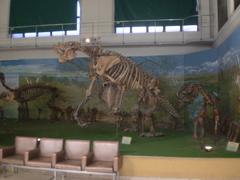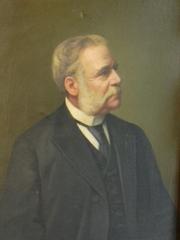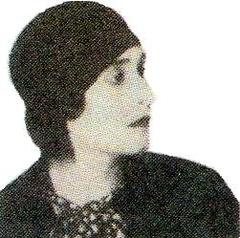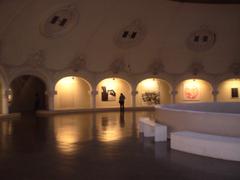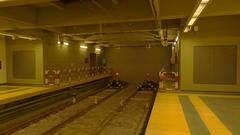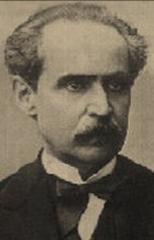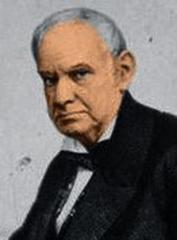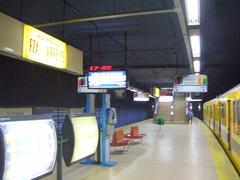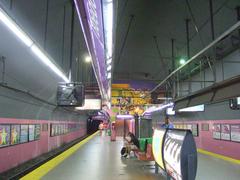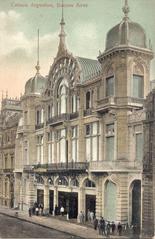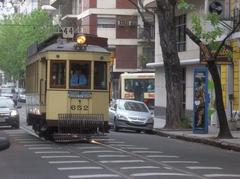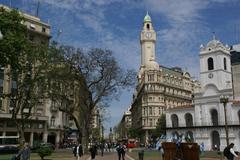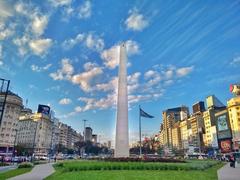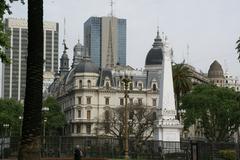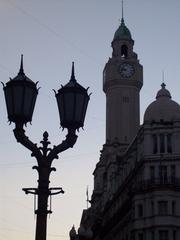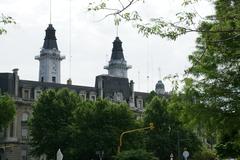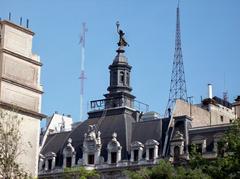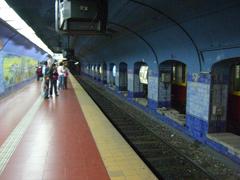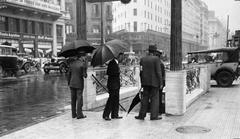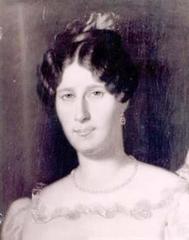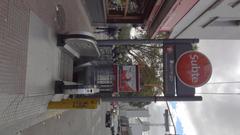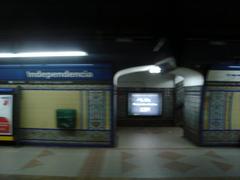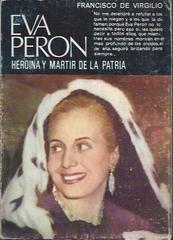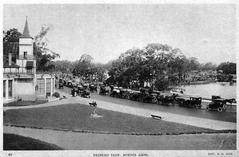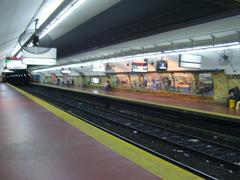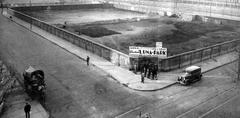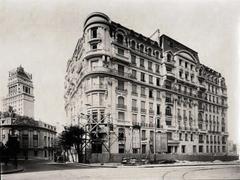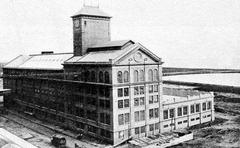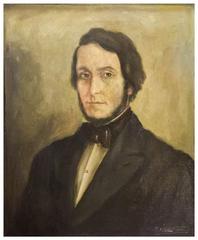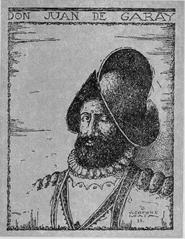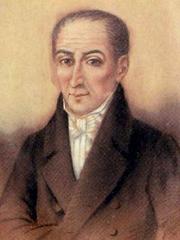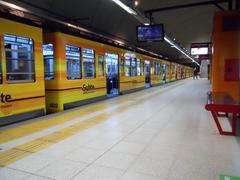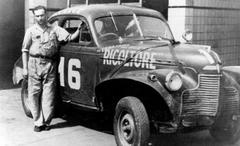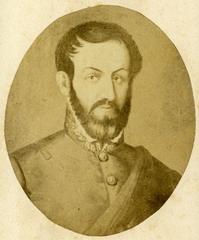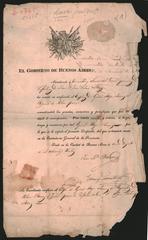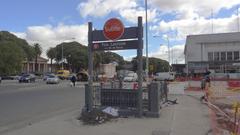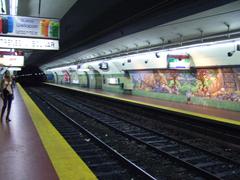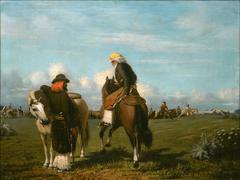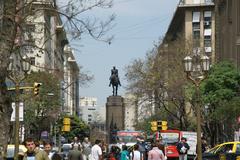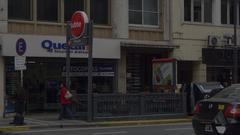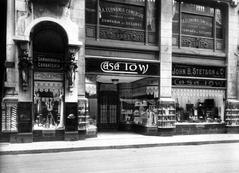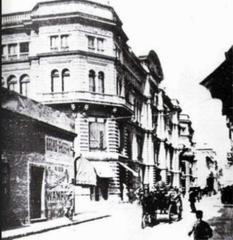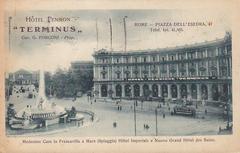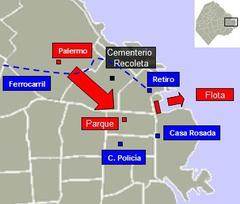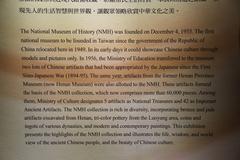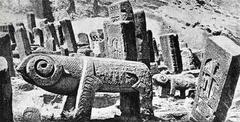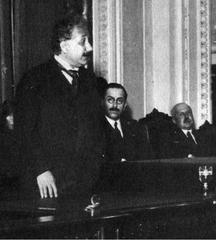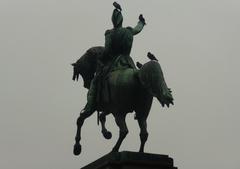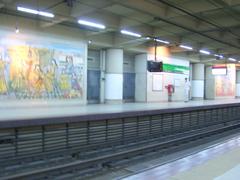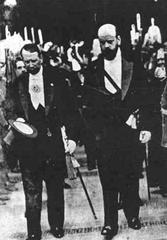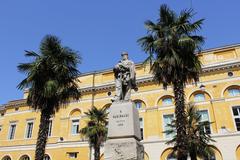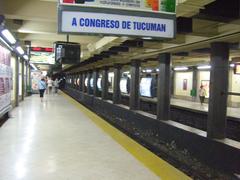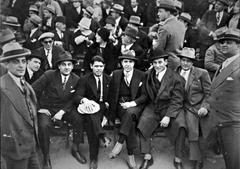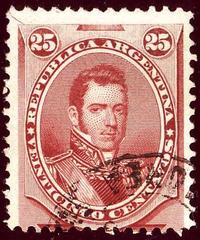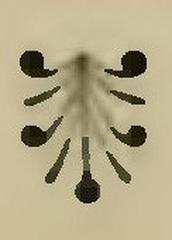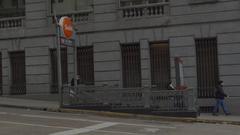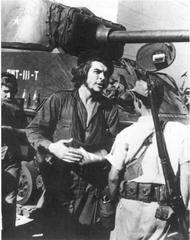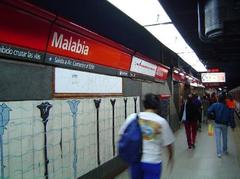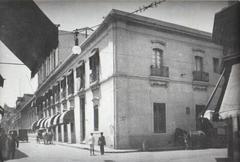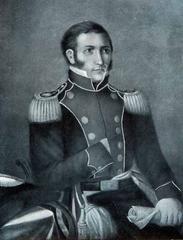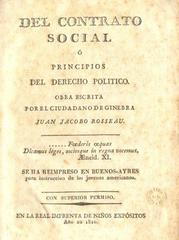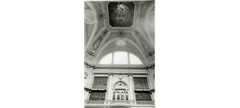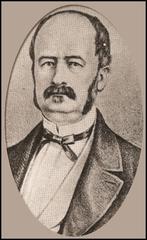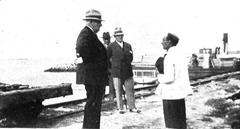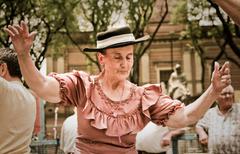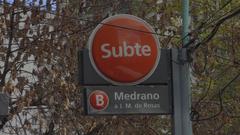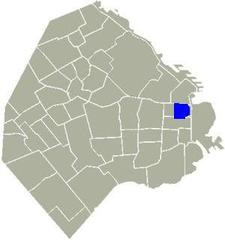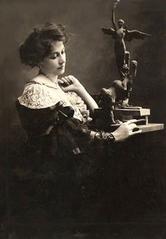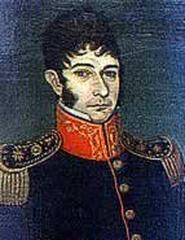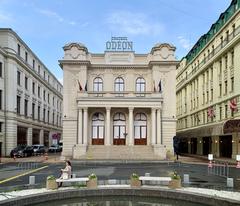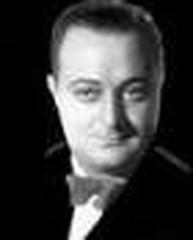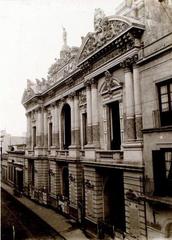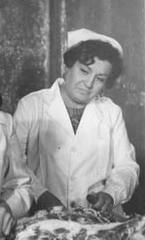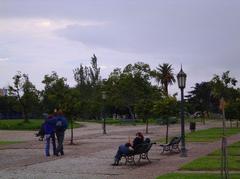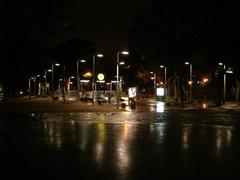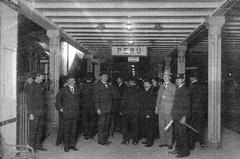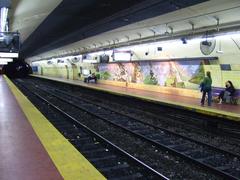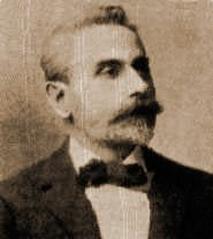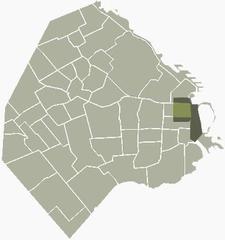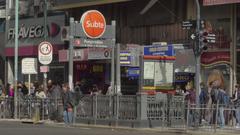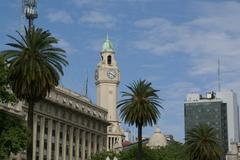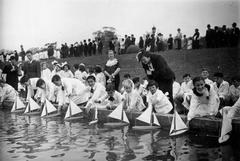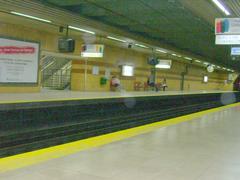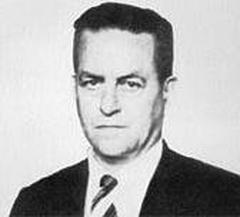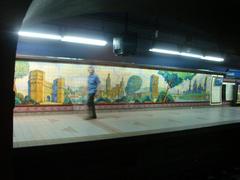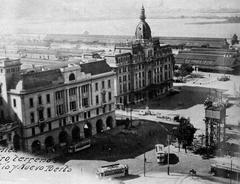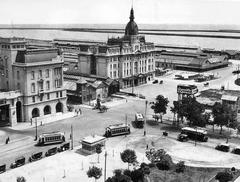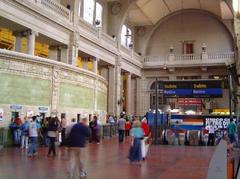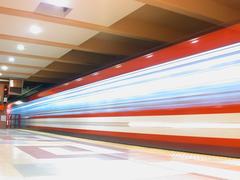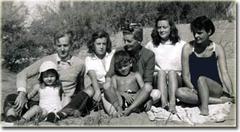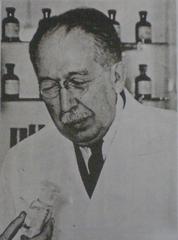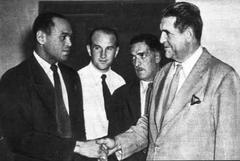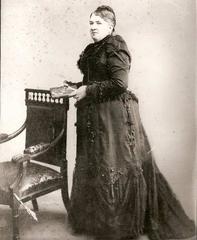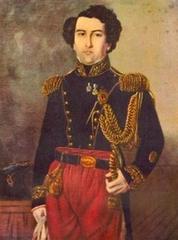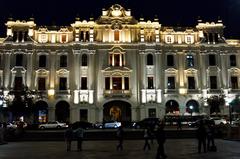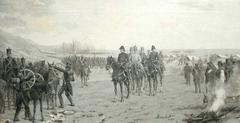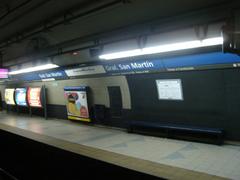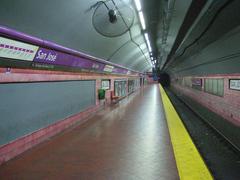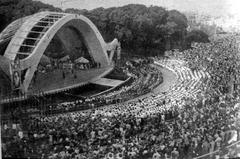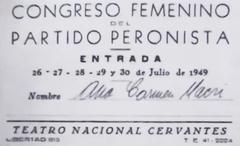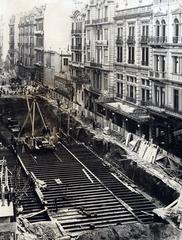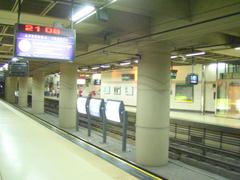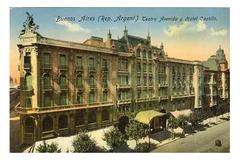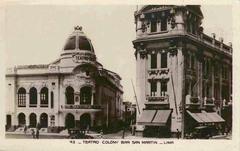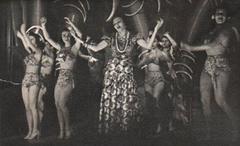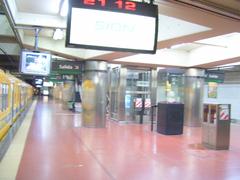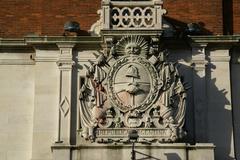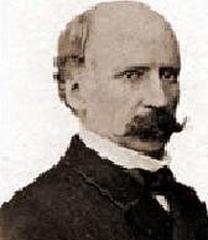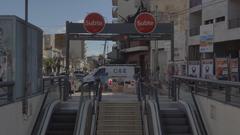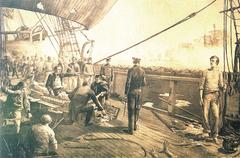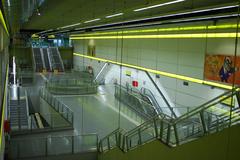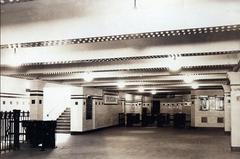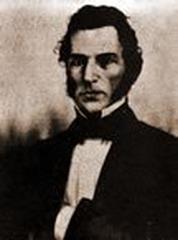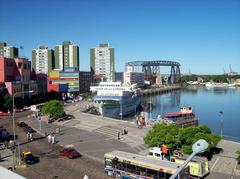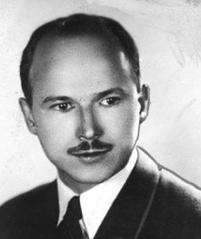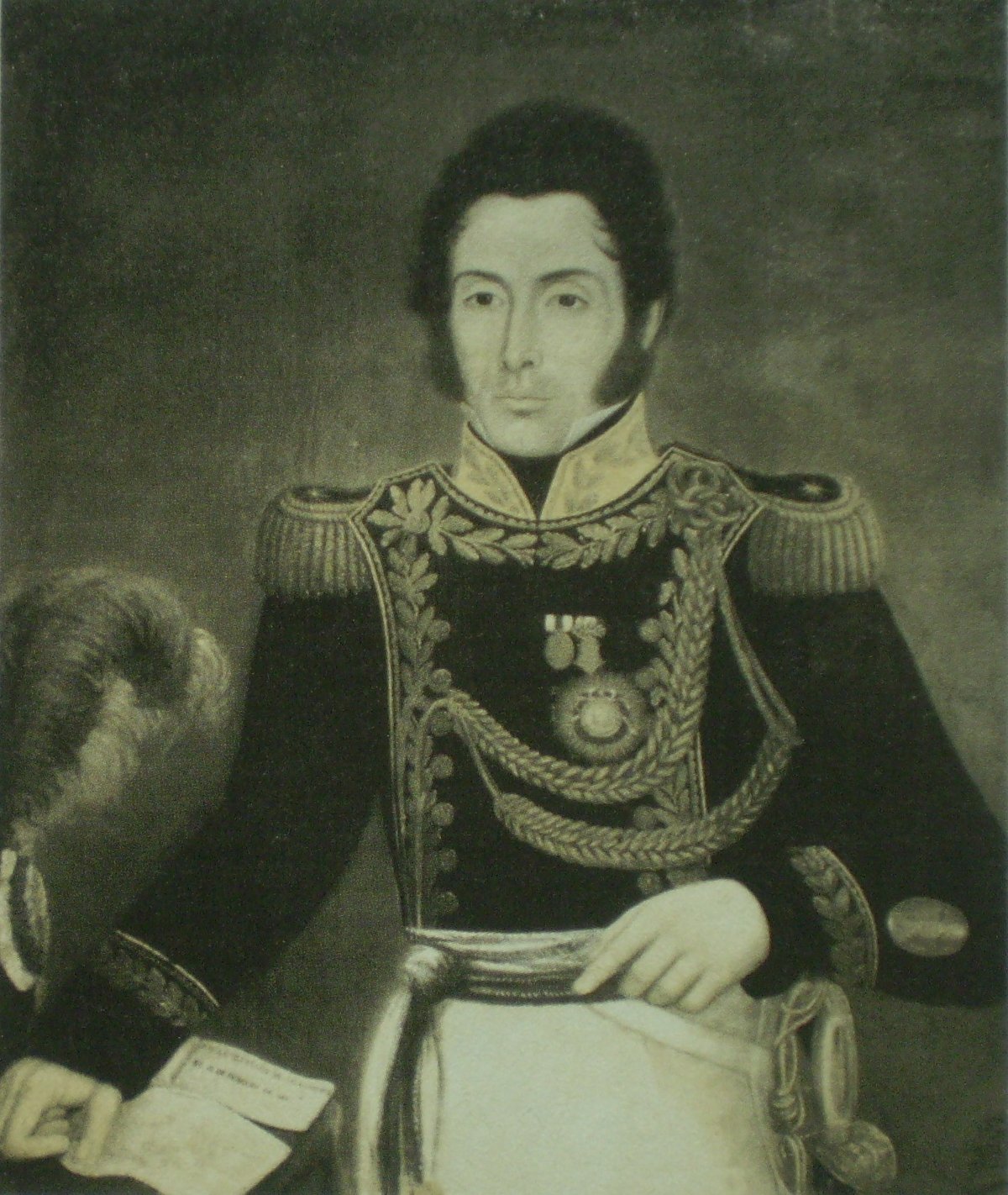
Sepulcher of Miguel Estanislao Soler: Visiting Hours, Tickets, and Guide to Buenos Aires Historical Sites
Date: 14/06/2025
Introduction
Buenos Aires, the vibrant capital of Argentina, offers a rich tapestry of history and culture, with the Recoleta Cemetery standing as a testament to this. Nestled within this iconic necropolis is the sepulcher of General Miguel Estanislao Soler, a pivotal figure in Argentina’s independence movement. Soler’s legacy as a military leader and statesman is deeply interwoven with the nation’s formative years. Visiting his tomb provides an opportunity not only to pay homage to a national hero but also to immerse oneself in the historical narrative and architectural grandeur that Buenos Aires embodies.
This guide aims to equip tourists and history enthusiasts with comprehensive information for visiting Soler’s sepulcher, covering essential details such as visiting hours, ticket prices, location, and practical tips for navigating Recoleta Cemetery. Whether you’re a history buff or a curious traveler, this resource will enhance your appreciation of Soler’s contributions and help you make the most of your visit to one of Buenos Aires’ most significant historical sites. For further historical context and visitor insights, consult resources like Todo-Argentina, Vamos Spanish, and the Official Recoleta Cemetery Visitor Information.
Miguel Estanislao Soler: Historical Background
Early Life and Family
Miguel Estanislao Soler was born in Buenos Aires in 1783. His family background, with ties to both Spanish colonists and criollos, placed him within the complex social and political milieu of the late colonial era. His early life was shaped by events that would soon lead to Argentina’s fight for independence (Todo-Argentina).
Military Achievements
Soler’s military career was distinguished by his crucial participation in key events that defined Argentina’s independence:
- British Invasions (1806-1807): He displayed bravery in defending Buenos Aires against British forces, a significant early step in the region’s assertion of self-governance.
- May Revolution (1810): Soler was a staunch supporter of the May Revolution, which initiated Argentina’s quest for independence from Spanish rule.
- Wars of Independence: He played a vital role in numerous campaigns across South America. Notably, he commanded the Regimiento de Pardos y Morenos and participated in the legendary Crossing of the Andes alongside General José de San Martín, a campaign instrumental in the liberation of Chile (historica.fandom.com, es.wikipedia.org).
Political Roles
Beyond his military exploits, Soler also served in significant political capacities. He held the position of governor of Buenos Aires Province during a turbulent period of internal strife. His contributions extended to his role as Chief of Staff during the Cisplatine War, a conflict that shaped the territorial boundaries of modern Argentina and Uruguay (historiahoy.com.ar). His leadership often involved navigating complex political alliances during a time of nation-building and civil conflict.
Memorialization
General Soler’s enduring legacy is honored in various ways, including streets named after him in major Argentine cities. His most prominent memorial, however, is his mausoleum within Recoleta Cemetery. Inaugurated in 1933 and designed by the architect Torcuato Dasso, this sepulcher has been designated a National Historic Monument, recognizing its historical and cultural significance (argentina.gob.ar, recoletacemetery.com).
Visiting Soler’s Tomb: Location, Hours, and Tickets
Location and Access
The Sepulcher of Miguel Estanislao Soler is situated within the renowned Recoleta Cemetery, located at Junín 1760 in the elegant Recoleta neighborhood of Buenos Aires. The cemetery is easily accessible, making it a convenient stop for tourists exploring the city.
- Public Transport: The nearest subway station is “Las Heras” on Line H. Several bus routes also serve the area, offering excellent connectivity.
- Taxis and Ride-Sharing: Taxis and services like Uber are readily available throughout Buenos Aires and provide a direct route to the cemetery.
Visiting Hours
- Recoleta Cemetery Hours: Open daily from 9:00 AM to 5:00 PM. It is advisable to check the Official Recoleta Cemetery Visitor Information for any updates, especially regarding public holidays.
Admission and Tickets
- Non-Residents: As of 2025, the admission fee for foreign visitors is approximately 16,100 Argentine pesos. Tickets can be purchased at the cemetery’s main entrance. Purchasing tickets online in advance is an option, particularly during peak tourist seasons, to save time.
- Argentine Citizens: Entry to Recoleta Cemetery is free for citizens of Argentina.
Navigating Recoleta Cemetery
Recoleta Cemetery, a sprawling site covering 50,000 square meters with over 6,400 tombs and mausoleums, can be overwhelming. To make your exploration more manageable and informative, it is highly recommended to:
- Obtain a Map: Maps are available at the cemetery entrance, detailing the layout and locations of notable tombs, including Soler’s.
- Join a Guided Tour: Guided tours, offered in multiple languages (including English and Spanish), provide invaluable historical context about the cemetery’s famous residents and architectural marvels. These tours are an excellent way to locate Soler’s sepulcher efficiently and learn about his significance (Vamos Spanish).
Architectural and Cultural Features
Soler’s mausoleum, designed by Torcuato Dasso, is a significant example of funerary art and architecture. Characterized by classical elements and adorned with symbols reflecting Soler’s military career and patriotic dedication, the tomb is a solemn yet striking monument. Its status as a National Historic Monument highlights its importance not only as the final resting place of a national hero but also as a cultural artifact contributing to Buenos Aires’ rich heritage (lilianviajera.com).
Visitor Experience and Practical Tips
Planning Your Visit
- Best Time to Visit: Visiting in the early morning on weekdays is recommended to avoid the largest crowds and enjoy a more peaceful atmosphere.
- Accessibility: The main pathways within Recoleta Cemetery are paved and generally accessible for wheelchairs. However, some older sections or side paths may be uneven.
- Etiquette: As a cemetery is a place of reverence and active burial, visitors are expected to behave respectfully. Maintain a quiet demeanor, do not touch or disturb the monuments, and respect the privacy of others. Photography is generally permitted, but it’s important to be discreet.
Nearby Attractions
The Recoleta neighborhood is rich with cultural and historical sites that can complement your visit to Soler’s sepulcher:
- Basilica Nuestra Señora del Pilar: Located adjacent to the cemetery, this historic church offers a glimpse into colonial religious architecture.
- Museo Nacional de Bellas Artes: Argentina’s premier fine arts museum, housing an extensive collection of national and international art.
- Centro Cultural Recoleta: A dynamic venue for contemporary art, music, and cultural events.
- Floralis Genérica: A distinctive giant metal flower sculpture located in the nearby Plaza de las Naciones Unidas.
Facilities
- Restrooms: Public restrooms are available within the cemetery, typically near the entrance. Additional facilities can be found in nearby cafes and the Cultural Center.
- Food and Shopping: The Recoleta area is well-equipped with numerous cafes, restaurants, and shops, offering a range of dining options and souvenirs.
Safety
Recoleta is considered one of Buenos Aires’ safest and most upscale neighborhoods. However, as with any urban environment, it is wise to take standard precautions against petty theft, especially in crowded areas like the cemetery entrance. Keep your belongings secure and be aware of your surroundings.
Frequently Asked Questions (FAQ)
Q: Where is Miguel Estanislao Soler’s mausoleum located? A: It is located in Recoleta Cemetery, at Junín 1760, Buenos Aires, Argentina.
Q: What are the visiting hours and ticket prices for Recoleta Cemetery? A: The cemetery is open daily from 9:00 AM to 5:00 PM. Non-residents pay an entry fee of approximately 16,100 Argentine pesos (2025); others enter free.
Q: Are guided tours available for those interested in Miguel Estanislao Soler? A: Yes, guided tours are available in Spanish and English, and they often include stops at the tombs of national heroes like Soler.
Q: Is Recoleta Cemetery accessible for wheelchairs? A: Most of the main paths are paved and accessible, but some areas might be uneven.
Q: Can I take photographs inside the cemetery? A: Yes, photography is permitted, but visitors are asked to be respectful of the site and other visitors.
Summary and Recommendations
Visiting the sepulcher of Miguel Estanislao Soler in Recoleta Cemetery offers a profound connection to Argentina’s history and its journey towards independence. Soler’s life and legacy are a significant part of the nation’s narrative, and his tomb serves as a focal point for understanding this historical context. To maximize your visit, consider arriving early on a weekday, utilizing a cemetery map or joining a guided tour for enriched insights, and exploring the surrounding Recoleta neighborhood’s cultural attractions.
For an enhanced and seamless experience, we recommend downloading the Audiala app for curated audio guides and up-to-date visitor information. Staying informed through related posts and social media updates will further enrich your travel plans.
Additional Resources
- Todo-Argentina Biography of Miguel Estanislao Soler
- Vamos Spanish - Recoleta Cemetery Guide
- Official Recoleta Cemetery Visitor Information
- Historia Hoy - Biography of Miguel Estanislao Soler
- Recoleta Cemetery Official Site
- Tripomatic - Miguel Estanislao Soler Point of Interest



